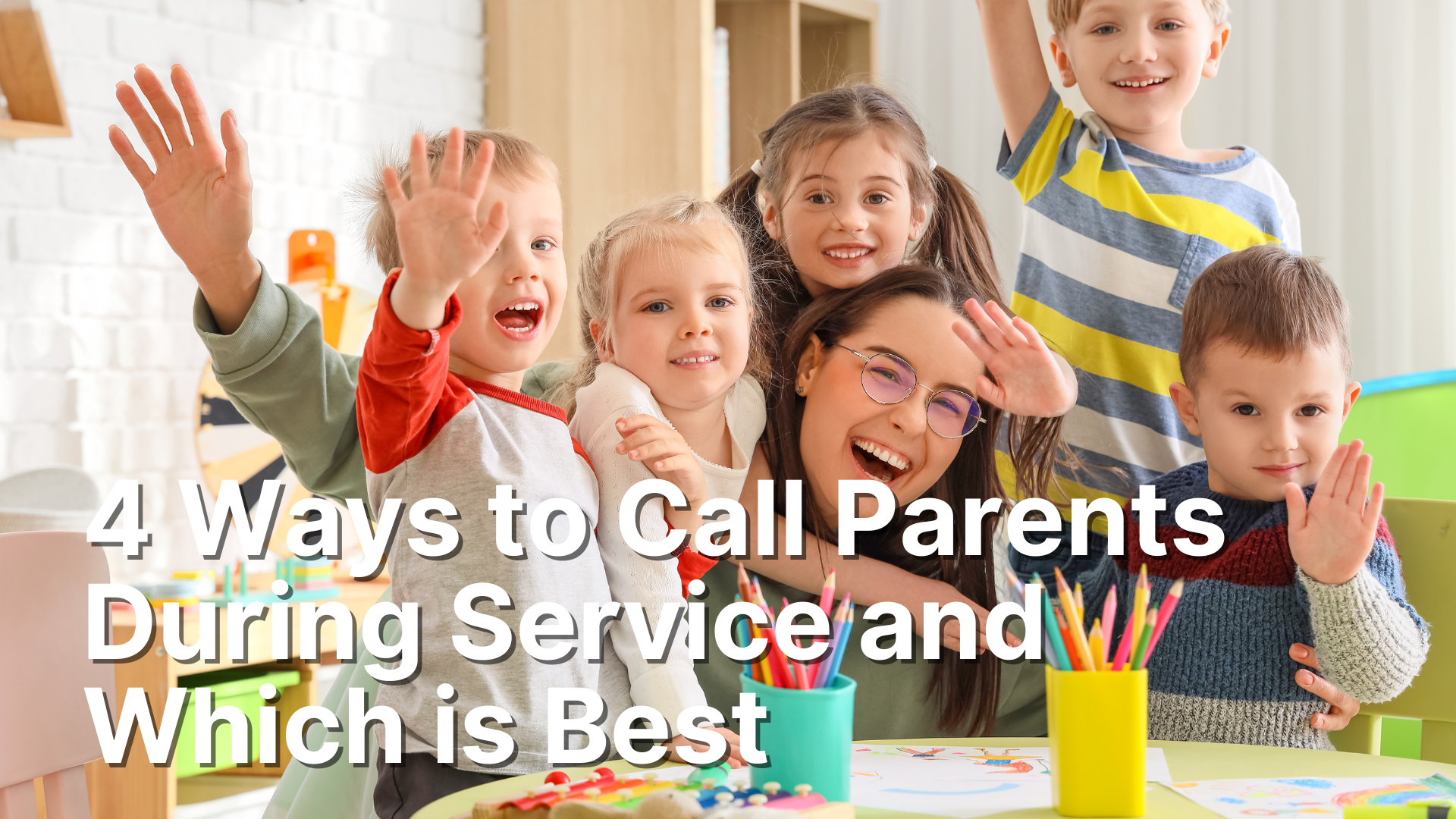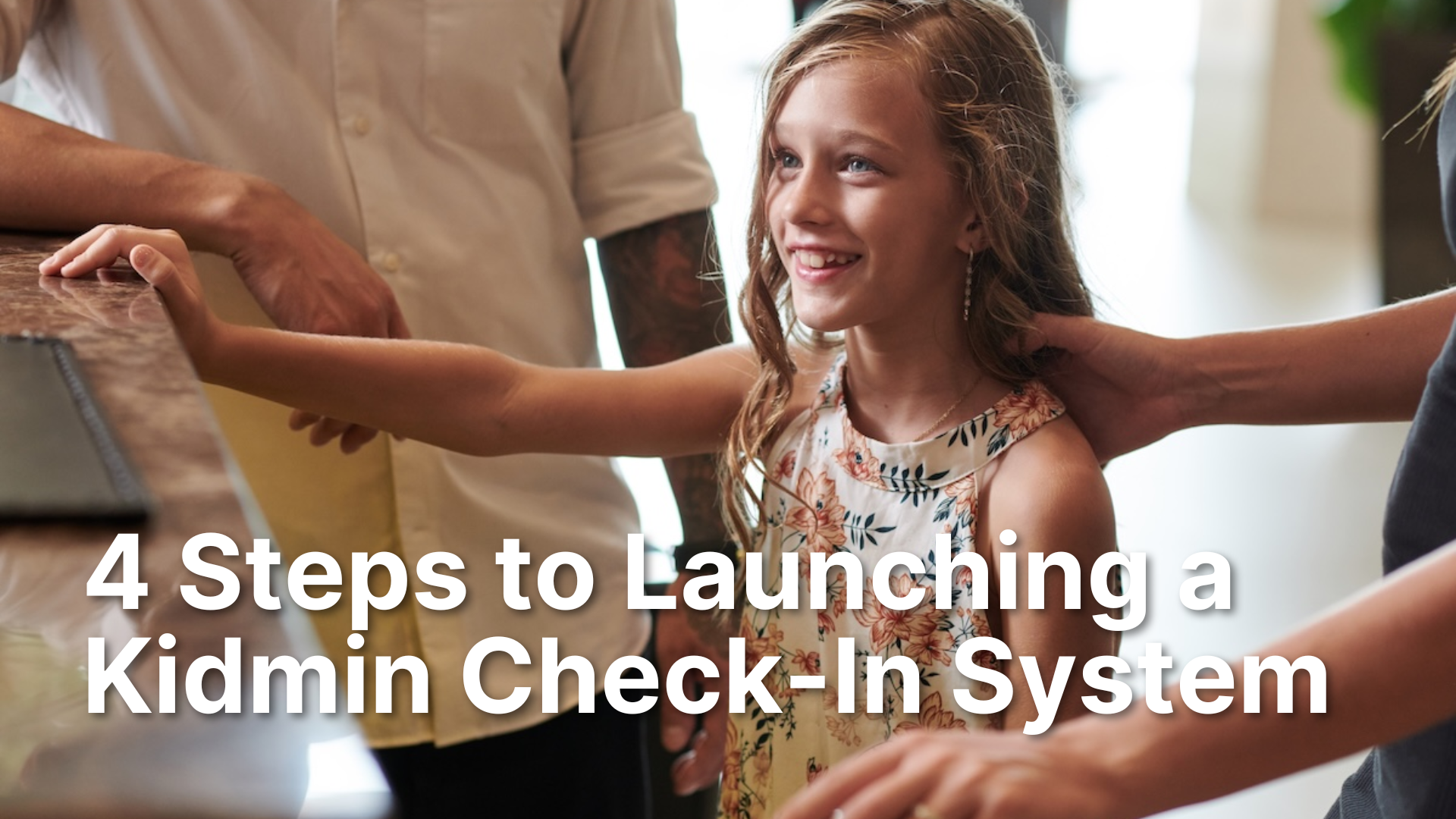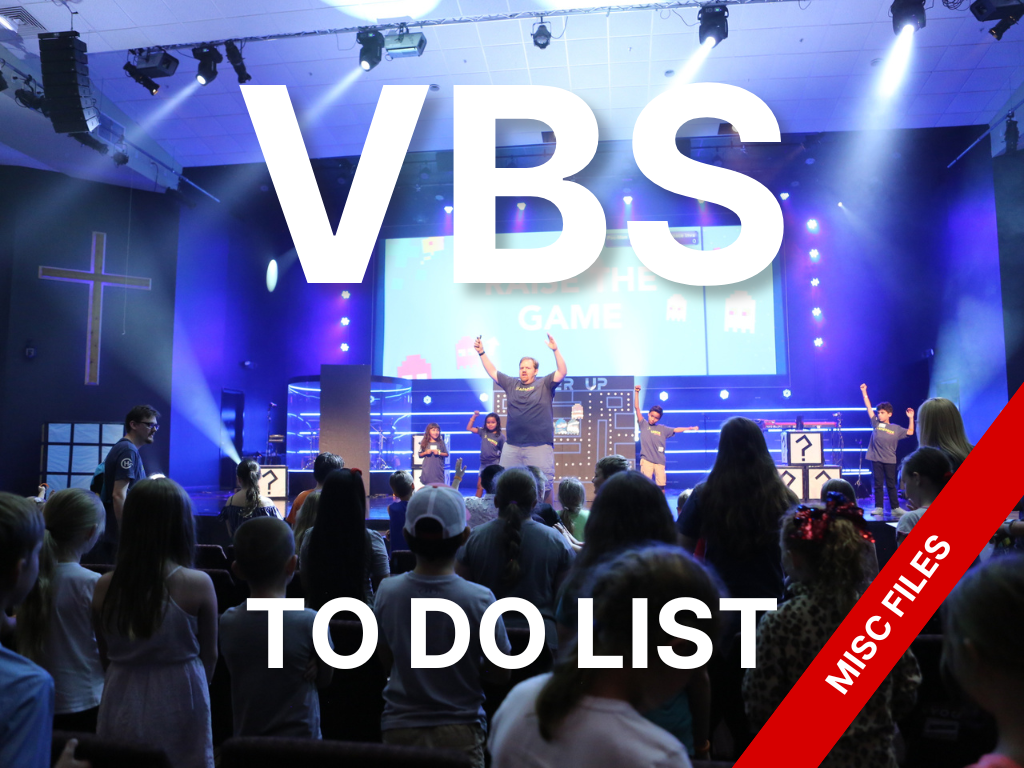4 Ways to Call Parents During Service and Which is Best
You’re in the nursery. You’re doing the best you can with a bunch of kids. But one kid is not having it. They’re inconsolable. The only thing you can do is get the parents. But the problem is they are in the service, and you’re in the nursery.
How do you let them know their kid needs them? You don’t want to disrupt the rest of the service or embarrass the parent. What’s the best way?
There are a number of options, and I’ve tried many of them with varying success. In this post, I’ll outline 4 ways to let parents know you need them with pros and cons for each including my favorite.
1. Number on the Screen
This may be the oldest way to get a parent’s attention. Growing up, I remember asking my parents what that little number meant on the bottom of the screen. This was back before electronic check in. Parents would receive a hand written number that corresponded with their preschool aged child.
If a problem arose, a nursery work would use the private phone system to call the tech booth. Then tech booth would put it on the screen.
We have electronic check in now and cell phones, but the process is still basically the same.
While this is a cheap way to get a parent’s attention, there are some drawbacks.
The parent has to know which number is theirs.
The parent has to see the number on the screen before it disappears
The tech booth needs to receive the call or notification and then put it up
The nursery worker needs to know the process and use it.
You can probably see why many churches have moved away from this system. There are a lot of things that can go wrong. But if you’re looking for a quick, easy, and cheap way to get a parent’s attention without everyone else noticing, this is pretty good way to do it.
2. Pager
At one church, I didn't want to use the number on the screen. I thought getting a restaurant pager system would be a great solution.
Once the parent signs in, they are issued a pager, and the number is assigned to the kid. If a problem arises, then the nursery worker goes to the pager box and enters the number. The pager then lights up and vibrates for a good amount of time, alerting the parent. (Mine went for 2 minutes.)
This system worked well for a time. The parents were alerted discreetly because a number never appeared on the screen. We cut on out the middlemen in the tech booth. (They rarely answered their phone…) And finally, the system was easy to use
However, there were also some drawbacks that led to retiring the system.
The system was expensive. I spent over $1000 for 30 pagers.
The pagers had to be charged for hours every week. If they weren’t returned to the charging station, we couldn’t use them.
The pagers went home with many parents despite them going off when they got out of range. They were $35 to replace.
Because we were in multiple buildings, some parents would be out of range just sitting in the Main Auditorium.
Some parents claimed they never felt it. I never believed them, but it happened.
I’m not sure if these systems are cheaper now. But they certainly have longer range, better battery life, and are lower profile than the ones I used almost 15 years ago.
If you’ve noticed, even restaurants have moved away from this system for the next one I’ll talk about.
3. Text
The main reason I moved away from the pager system is that I realized everyone already has one in their pocket. I don't know anyone these days that doesn't have a phone. All we have to do is get the parent’s phone number and text them.
This is the cheapest option because just about everyone can text. In addition, people know how to use it, so training is at a minimum. It’s also as discrete as the pager system and maybe more so. Everyone’s phone goes off from time to time.
But there are downsides of texting the parents are:
You don’t have the parent’s number easily accessible
The nursery worker doesn’t have their phone
The nursery worker isn’t comfortable texting
The parent turned their phone off or ignored the text.
To use this system effectively, you have to have the parent’s phone number. There are two main methods to get it.
First you should ask for every parent’s phone number when they first check in their kids. Then you can enter this information in your church’s database and/or check-in system. Then all the nursery worker needs to do is look up the number and send a text.
However, accessing someone’s private information for any worker may be questionable. So, I suggest you have a sign-in sheet as well as the check-in station. The sheet can ask basic questions like bottle feeding or snack, diapers or potty training, and emergency contact.
Then all the nursery worker needs to do is find the number on the sheet and text. This is especially helpful if grandma is the one who brought the kids that day.
You can have a centralized texting service to send these texts, but that costs money and time to train and set up. But if your church has one, and someone in the nursery knows how to use it, then go for it. It’s good to get a text from a consistent known number than a random one.
3. Go get them
While my favorite way to get parent’s attention these days is text, it’s still not a perfect system. None of these are. So, you have to go with the full proof option, but it’s certainly not the best.
Going to get them.
The parent can’t ignore you when you’re standing right there. Especially if you’re holding their crying child. The problem is that this method isn’t discreet and can be really embarrassing.
That’s why I call this the nuclear option. You can do it but make it rare and make it important. You don’t want to go get a parent, and then when they come to get their kid, the kid is fine. That’s not going to go over well.
Obviously, this method has drawbacks. Some of them are:
You don’t have enough workers to let one leave to find the parent
You can’t find the parent, so the worker is standing in the middle of service looking lost.
You disrupt the parents and everyone around them.
Your worker may not have the courage to go get the parent and let them know the problem.
Like I said. Nuclear option. If you can avoid this do it. But sometimes you just have to.
Getting a parent's attention discreetly shouldn't be complicated, but as we've seen, it often is. Whichever solution you choose, text, pager, or screen, the key is collaboration. Don't make this decision alone.
Loop in your lead pastor, service coordinators, and, most importantly, get buy-in from your volunteers and parents. Ask them which system they prefer. When people have a say in the process, they own the outcome.
Once deployed, you'll have happy workers who know exactly how to handle an emergency and happy parents who trust that communication will be clear and discreet. That's a win-win for everyone.












